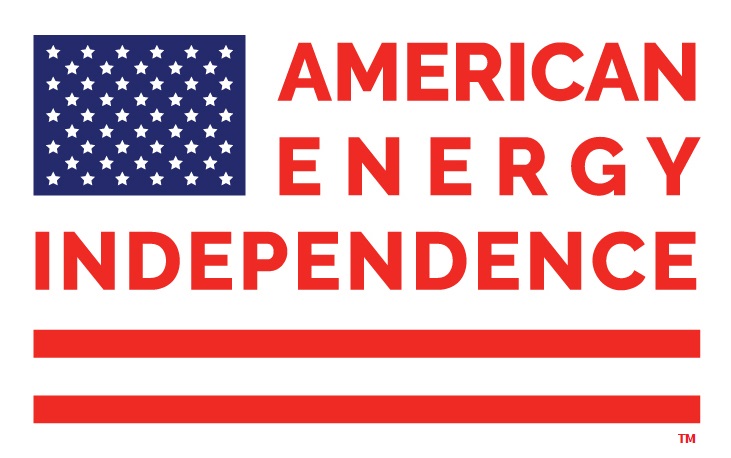Why Don’t MLPs Do Buybacks?
Ten days ago Enterprise Products (EPD) announced that they may in the future initiate a buyback of units, perhaps in 2019. Bigger news was the moderation in the growth rate of their distribution, so the buyback received less attention. But it highlights an interesting fact about MLPs, which is that they rarely do buybacks.
Part of the reason is taxes. Companies in the S&P500 in aggregate return only 42% of their profits in the form of dividends. From a purely tax-efficiency standpoint they shouldn’t pay dividends at all – profits are subject to corporate tax and then the holder has to pay tax on the dividend income. The distortion caused by taxes means that corporations that pay dividends deprive investors of the benefit of deferring taxes, which they could do if companies fully relied on buybacks to return capital. In this way, investors could choose when to realize a portion of their investment and incur the corresponding tax liability. Don’t expect this to change anytime soon though.
By contrast, distributions paid to MLP investors don’t determine their taxes; Buy and hold MLP investors pay taxes on their proportionate share of the profits of the business, regardless of the distributions received. Because MLPs themselves aren’t taxed, there’s no double taxation of profits to owners. For years the market rewarded steadily rising dividend payments, and so MLPs paid out the substantial majority of their Distributable Cash Flow (approximately equivalent to Free Cash Flow less Maintenance Capex) and raised new equity when they needed capital. Since distributions paid to MLP investors aren’t tax-inefficient, there’s little need for MLPs to use buybacks to return extra cash to investors. Moreover, in the GP/MLP structure in which the GP operates like a hedge fund manager (see MLPs and Hedge Funds Are More Alike Than You Think), buybacks might lower the payments received from Incentive Distribution Rights (IDRs), as IDRs are determined both by the level of dividend paid as well as the number of LP units outstanding. So MLPs don’t do buybacks – they generally pay out most of their cashflow and typically issue new equity for new projects.
Except now, EPD has announced they may initiate buybacks, reflecting another development in the shifting financing model for energy infrastructure. Traditional MLP investors (i.e. the wealthy, taxable Americans who are willing to deal with K-1s) have turned out to be an unreliable source of new capital. They like their distributions but they don’t like reinvesting them through secondary offerings or IPOs. This relative tight-fistedness has exposed the comparative largesse of MLPs in distributing most of their cashflow at a time when the Shale Revolution has created opportunities to put it back into their businesses. This is why many large MLPs have concluded that the structure doesn’t work if you need to raise a lot of money. Kinder Morgan was the first to pursue “simplification”, which by now is understood to result in reduced payouts, freeing up more cash for investing in new projects and therefore less need to issue equity at high yields.
The point of having a public equity listing is to be able to raise capital. The 7.6% yield on the Alerian Index doesn’t entice investors as much as it should because they suspect further simplifications. But for MLPs, it still represents an unreasonably high cost of financing.
EPD is conservatively run, and a reduced growth rate in their distribution is a modest step to redirect capital internally so as to lessen their need to raise money externally. It’s simplification-lite. Intriguingly though, rather than boost the growth rate back up in a couple of years, they may buy back units. Stable distributions are highly prized and even the best run businesses want to shield investors from variability in profits with highly predictable payouts. EPD is introducing greater capital flexibility, since buybacks are never guaranteed. They’re adopting one feature of a C-corp (lower payout ratios) while retaining the tax-efficient MLP structure.
An interesting debate is whether the large MLPs abandoned the investor (as holders of Kinder Morgan Partners certainly felt) or whether the MLP investors abandoned MLPs (as demonstrated by persistently high yields). Simplification transactions and more minor changes such as EPDs are all a result of MLP investors not wanting to reinvest their cashflows as eagerly as their businesses would like them to.
It’s the best explanation we have to justify continued weakness in the sector, as the investor base migrates (not altogether smoothly) away from the yield-seeking to the growth-oriented buyer.
We are invested in EPD
